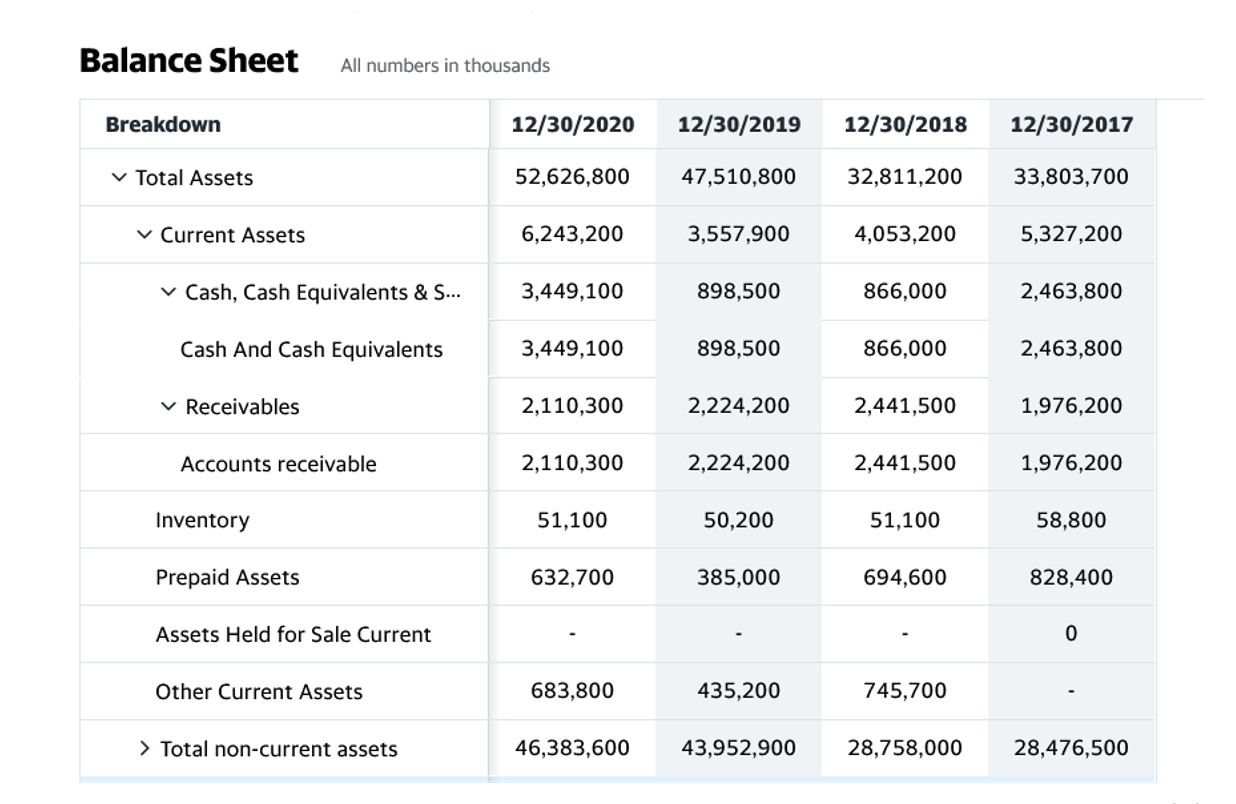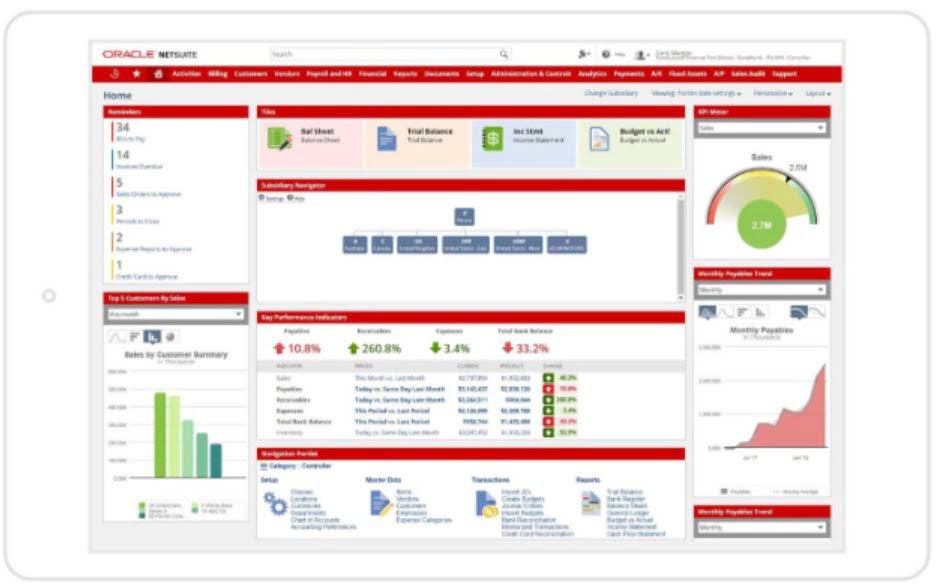Best Invoicing Software and Tools for Freelancers

Additionally, consider including a professional headshot or logo to add a personal touch and help clients remember you when they receive your invoices. Including your personal contact information in your invoices is a great way to build trust and communication with your clients. It also makes it easier for them to contact you if they have any queries or issues..
Pros and Cons of Different Invoicing Software
- These can help you look professional, clarify clients’ common questions, and remind clients of the terms of your contract.
- Only 71% of freelance invoices are paid promptly and on time, and 29% are paid at least a day late.
- With this tool, you can monitor payment status, generate reports, and have a clear overview of your invoicing activities, ensuring better financial management.
- While Flint offers a free version, which supports invoicing of up to 25 customers, there’s also the professional version at $10 per month, which offers unlimited everything.
- But most small businesses are services businesses who do not have much purchases.
- State precise final payment due dates on every invoice based on your payment terms so they can comply accordingly.
Fortunately, there are many apps available that will help you to create and manage invoices. These tools will save you time, keep you organized, and ensure that your records are accurate and complete. Since it deals with many payment channels, clients find it easy to pay you. Perfect for independent contractors who are often on the road, the Zoho Invoice mobile app ensures that you could conduct your invoicing anywhere.

Best Practices to Get Paid Faster and More Consistently
This accounting software is good option for freelancers looking for in-depth financial management. It has expense and time tracking, reporting, and project management tools. Bloom’s freelancer invoice system online bookkeeping is designed to streamline your invoicing process. From customizable freelance invoice templates to simple, free invoice templates, we provide the tools you need to create clear, professional invoices.
Best Invoicing Software for Freelancers of May 2025
- Implementing a smooth and seamless invoicing system has many benefits, the most critical being helping to maintain a steady cash flow.
- When you’re running your own business, getting paid on time is critical.
- So users with high complex processing flows might prefer direct integrations elsewhere.
- If you need even more invoicing and billing softwares, our guide on the best billing softwares for small businesses is for you.
- The software also allows freelancers to generate reports to track project expenses, time spent, and profitability.
- My methodology combines deep analytical insights with creative problem-solving, enabling businesses to adapt, innovate, and thrive in dynamic market environments.
Payments and compliance modules are charged separately with custom pricing. Also, it’s a good practice Cash Flow Management for Small Businesses to have your invoice numbers in a sequential order to avoid confusion. For example, you can start all your invoices with “1000.” Your first invoice number can be “10001,” the second can be “10002.” and so on. One way to bill your clients is by simply asking them for the amount they owe you. It’s also recommended that you generate a reference number or code for every invoice you send out.
- Overall, Invoice Ninja is a solid option and the free plan will be more than enough for many freelancers.
- An integrated system stores all your financial data in one place, making it easier to monitor outstanding invoices, track income, and prepare for tax season.
- The date will depend on the terms of your contract or the agreement with your client.
- Even though I’ve graduated from PayPal, I still use it occasionally when dealing with new or part-time clients because of the convenience.
- It is designed to make invoicing and accounting easy and professional by offering various features and integrations.
- The professional header is vital for resolving any accounting or payment problems in a timely manner.
As with the others on this list, you can select what appears on the document too. What makes this particular solution a champion in many ways is its capacity to make collaboration between various individuals and departments such a walk in the park. When you work remotely with a lot of people—whether contractors or clients—getting others to sign important freelancers happy with invoice system documents can be tricky work.








